Are we going to downplay what drivers do by equating it to a few hours or sweat and a marketing commitment, seriously feel free to put your life at risk for the entertainment of other human beings and then don't expect to get paid. F1 has 20 seats, some people die before they even get a chance at formula 1, because even formula 2 is just as dangerous, the level of skill required here is 1 in hundreds of millions. So yes these drivers deserve every penny and maybe more, because none of these drivers should risking their lives for your amusement without being properly compensated. $1M is way to low, I agree with focusing more on race placements maybe to control salaries, but a base salary I think is a must. Athletes are not slaves that has to give up they lives and time and devote everything for our enjoyment.
The moment salaries are reduced in sports, racing and all these things revert to slavery. Because I can guarantee you would not devote all what you need to become good at any sport and expect minimum wage. That would be like me saying journalism is just a bunch of words put together in a few minutes or photographers are pointless because all you do is press a button. Stop reducing persons skill to just what you see on paper, when there is so much that goes on behind the scenes. These people are human beings, not your puppets that you have at your beckon call. With few Formula 1 driver salaries publicly available, Forbes relied on financial documents, legal filings and press leaks as well as conversations with industry insiders and consultants to compile this list.
Drivers typically receive a base salary plus bonuses for points scored or for race or championship wins, with the amount depending on the size of the team and the experience of the driver. Lewis Hamilton, who replaced Michael Schumacher at Mercedes in 2012, has become an icon on the same level as his predecessor. Last year, Hamilton matched Schumacher's record with his seventh F1 drivers' championship, and he has dominated the competition with his earnings the way that Schumacher, the world's highest-paid athlete in 2000 and 2001, once did. The 36-year-old signed a two-year contract extension with Mercedes this summer, following up on a three-year, $140 million deal in 2015 and a two-year, $100 million extension in 2018. He is also the founder of X44, a team in the new off-road electric-SUV racing series Extreme E.
Leading the pack is Mercedes superstar Lewis Hamilton, who is on pace to earn $62 million on the track in 2021. That figure includes a $55 million base salary—more than double what his closest competitor is guaranteed—as well as a projected $7 million in bonuses for race wins. Although DTM drivers are paid for their races, they are not paid very much. There is no official list of the salaries of DTM drivers, like there are for F1 or NASCAR racers, but the salaries of the top DTM drivers are believed to be similar to those of V8 Supercar Drivers in Australia. The top racers in Australia's racing league are paid as high as $1 million per year. However, this only applies to the top racers, so most racers in the DTM likely make a salary that can be significantly lower than that figure.
Although occasionally pay drivers are labelled as "unworthy" for an F1 ride, many of the pay drivers in F1 today come with occasional success in their individual races in lower formulas. Maldonado would cement his place in Formula One history with a win at the 2012 Spanish Grand Prix as the first Venezuelan to win in F1 with what became the only pole, podium, and win of his career. It was also the first win for Williams since 2004 and their last as of 2021. F3 drivers are not paid for racing at the lower levels, but they can earn money through personal sponsorships. F3 racers must pay a team to give them their seat in a race. Affiliating with a team can help them make money by appearing in promotional activities representing the team, whether it be through public appearances or through media and advertisements.
There are many methods for F3 racers to promote their racing careers while also earning money for doing so. Leading the field is Lewis Hamilton (Mercedes-AMG), with a reported annual salary of $30 million. At the end of the 2020 season, Hamilton was reportedly earning around $40m per year, but his new deal (a one-year contract with the option to extend into 2022) saw him take a reduced salary. Despite him being a seven-time champion and rewriting the sport's record books, it wasn't enough to warrant a hefty paycheck. And with Williams driver George Russell waiting in the wings to take over, Hamilton had little choice but to agree to the new deal.
Hamilton, who has four wins through ten races, still has time to overtake Verstappen, with the gap in the standings a mere eight points and 12 races remaining on the schedule . There is some controversy regarding the F3 salary structure, as it can be worrisome for some younger races who do not have a well-off family to support their racing endeavours. These racers may also not attract sponsorships from teams because their financial situations may not compare favorably to other F3 racers. Some drivers attempt to pursue the start of their racing careers in other lower level racing leagues, where they will be paid directly for their races. In most professional and minor league sports, athletes are paid for their work and contributions to their team. Most F3 drivers will have to pay the teams in order to secure their spot in races for a season.
Racers are not paid for their performances, but instead can only make money through personal sponsorships. Success in F3 can lead to a spot in F2 or even a direct advancement to F1, although this is very rare. Because of this the rules on driver changes were subsequently tightened. How much an F1 driver, or any athlete in any sport, gets paid should be based on how much the team owner/s and the athlete can negotiate and agree. Only the person/company how much any athlete is worth to their team. That said, as an organization, like any sport, F1 could and should consider the great disparity of salary between drivers in each team.
I base that on the prevailing thinking that any employee should be paid an equal salary for equal work requirements. As with any job, every employee is expected to "produce" for the company. In racing the product of the driver/employee is race position outcome, along with meeting the other work requirements of testing, media appearances, and any other agreed to work requirements. NFL has hardly any interest outside of the US, despite numerous attempts to spread it to Europe.
Whereas F1, football, tennis, etc, are played and watched around the globe. The stars of those sports are known world wide and earn accordingly. There are only 20 F1 drivers, there are hundreds of NFL players and I couldn't name one. There's no games for retired players, there are no games for anyone who doesn't play at college and then become a professional.
We won't go into recent event surrounding one of Haas's new signings for 2020 for many reasons, but it's safe to say that all eyes will be on the only American team in F1 in 2021. Long-standing drivers Kevin Magnussen and Romain Grosjean both depart the team – Magnussen to IMSA and Grosjean to an uncertain future. It will be an interesting transition for the team, as Grosjean had been a Haas F1 driver for its entire history, leaving a slightly insecure Renault seat to join in 2016. Magnussen followed in 2017 and they have been together ever since. Jumping into their shoes are new F2 champion Mick Schumacher (son of a certain seven-time champion whose name isn't Hamilton) and Russian Nikita Mazepin.
Again we won't go into Mazepin's recent actions off the track, but if he does race for Haas he will be on his best behaviour. It will be interesting to see how he copes in F1, and the atmosphere at Haas has hardly seemed like the calmest to step into over the last few years. One of these leagues is the DTM, or the Deutsche Tourenwagen Masters .
Although a majority of the racers in this league are not paid handsomely, it can be viewed as a better alternative than F3 simply because the racers are paid for their performance. Drivers are not paid in F3, but they can gain valuable exposure and recognition for their performance if they do well. Better performance can attract lucrative sponsorships from teams who are more renowned, and can also help a young F3 driver reach the F1 faster. Many drivers also compete in F3 because it is viewed as a stepping stone towards a career in F1, given that it is directly affiliated with the higher level.
Nearly all current F1 drivers started their professional racing careers in F3. Pay drivers are also common in stock car racing and are very prevalent in development series such as the Xfinity Series and ARCA Racing Series. There are also several pay drivers competing at the Cup level including Matt Tifft and Paul Menard, the son of home improvement tycoon John. Menard had some success with a victory at the Brickyard 400 in 2011 and a Chase for the Sprint Cup appearance in 2015, while medical issues halted Tifft's racing career in 2019. Some sanctioning bodies will offer champions of lower tier series a well-funded ride for the next tier. The Road to Indy programme from INDYCAR awards a ride fully funded by Mazda for a series champion in the next tier.
A $150,000 and tires package is available to a shootout winner among an invited group young American and foreign drivers. F2000 National Championship will win $300,000 to be used for a "pay ride" in the Pro Mazda Championship, and two sets of tires per race. Pro Mazda winners will be paid for a ride in Indy Lights, and the Indy Lights champion earns funding to compete in at least three IndyCar Series races, including the Indianapolis 500. This may be done to gain on-track experience or to live the lifestyle of a driver in a particular series when one's talent or credentials do not merit a paying ride. Alternatively, said person is also called a ride buyer or a rich kid in the United States, a gentleman driver in sports car and GT racing and a privateer in Australia.
Remember, Verstappen has not won a drivers' championship, he's won 11 races and secured four pole positions. Yet, his racecraft has made him one of the most revered drivers on the grid. Add to it that he's continuously putting in the best performance - just like Hamilton - and you have a driver Red Bull Racing would keep at any cost. "Well, I think it's amazing for our sport to have two drivers from two different teams racing for the world championship in the last race and being tied after that many races. As Fernando said, both of them have done an amazing season. Being paid an estimated $40-$50 million to drive an F1 race car is clearly outrageous, especially considering that winning an F1 race is not solely nor mostly dependent on the driver.
Consider the fraction of Hamilton's yearly salary that Bottas gets, and Bottas still gets some wins, the disparity between those two drivers, on the same team, is quite ridiculous. The difference in salary is a factor in how the team mates view each other, and that affects the racing. If Rosberg hadn't run away, he might still be languishing in a Williams and earning peanuts. Most of the driver's contracts will have win, podium & championship bonuses, which I'd expect would take Bottas above the $10m mark. Because there is also a salary floor, teams at the bottom of the series can exploit that because of quirks that mean that teams have to pay the salaries of injured players. True, some drivers pay to race, but that compounds the divide between the top three teams and the rest.
The solution is for driver earnings to be included in budget caps on the basis that they are performance differentiators, which would in turn release more funding for staff and technology by driving down driver costs. Sebastian Vettel won four straight championships with Red Bull from 2010 to 2013 before jumping to Ferrari, a stint that ended with a disappointing 2020 for both the driver and the team. After two years away from the F1 track, Fernando Alonso is back with Alpine. The 39-year-old, once at the center of the series' Spygate and Crashgate scandals, has rebuilt himself into a tremendously popular driver, in part by broadening his auto-racing horizons. In recent years, he has competed in the Indianapolis 500, entered the Dakar Rally and won the endurance races 24 Hours of Le Mans and 24 Hours of Daytona.
The Spaniard won the drivers' championship in 2005 and 2006 with Renault—an earlier incarnation of his current team. Most of the contracts of Formula 1 drivers include performance-based bonuses wherein they will get an amount based on winning a race and also scoring points over and above the threshold level agreed mutually. Most F1 drivers do not boast about their earnings however they don't stop the press from speculating either. Clark set 33 pole positions and won 25 of the 72 GP starts he made, and can claim numerous records to this day – in 1963, for example, he led 71 per cent of all laps raced that season.
As well as his versatility, Clark was revered for his incredible silkiness behind the wheel, and his extraordinary mechanical sympathy. "Jim Clark was everything I aspired to be, as a racing driver and as a man," his great friend Sir Jackie Stewart said. Racing Point, which used to be Force India, which used to be Spyker, which used to be Midland, which used to be Jordan, becomes an Aston Martin works team in 2021, marking the company's return to F1 for the first time in 60 years. Naturally both shall be retained to drive the Mercedes-clone RP20 for a second season? Stroll – a talented driver no doubt but also the son of the team's owner and Aston Martin shareholder Lawrence – will remain, but Perez finds himself out of a drive just a week after finally taking his first F1 win.
On the face of it making a step forward , Vettel arrives as a refugee from a relationship that went sour and will be looking to reclaim some of his former lustre – the 53-time race winner only stood on the podium once in 2020. The ability to interact with the team is highly important too. Racecars have hundreds of telemetry sensors that help to gather about 1 TB of information during each race weekend. Acronis provides the most reliable solutions to help teams send real-time data, but even these instruments and computers can't measure the information that a driver can give. He gains this knowledge intuitively from his racing experience.
Telemetry analysis gives details about a particular problem's effects, while a driver's engineering knowledge can help determine the cause of the problem. This combination doubles the impact of the team's response as the engineering team can react quickly, solving the problem to decrease failures in races, increase the reliability of all settings and improve the car. Without clear feedback from the driver, engineers would have to speculate on the solution by interpreting the data. These are racing series like the Toyota Gazoo Racing Series in New Zealand.
These series run during the December, January and February months. This is great because while other drivers are in between seasons, you will be racing. It will give you a head start when the season starts or keep you active and gaining experience in between your seasons. Lando Norris is one driver who participated in this exact same series and picked up some Super Licence points with his championship win.
DTM refers to the Deutsche Tourenwagen Masters , which is a car racing series based mainly in Germany. DTM is similar to the structure of F1 and NASCAR, but does not have the popularity or fan outreach that those racing classes do. Currently, the DTM is mainly used by young drivers in an attempt to start their careers in single-car racing as an alternative to other low-level affiliations such as F3. This is mostly because they do not require drivers to pay for their spots in the series. Before F3 can be introduced, you must first have a basic knowledge of F1.
Formula 1 racing is the highest class of international racing in the world. Since there are many races in each season, and because drivers come from all different parts of the world, the sport is extremely popular worldwide. Many young racers dream of racing in F1, but there are many other levels they must pass through to get there. Just like minor league levels for athletes in other sports who aspire to have a major league career, the F3 level is viewed as a racer's first step towards a potential future in F1.
However, drivers don't receive any prize money because Formula 1 drivers are paid salaries by the teams they drive for. Seven-time world champion Lewis Hamilton has the most wins of any driver in F1 history, and his success on track has been matched by financial rewards off it as he accumulated an estimated net worth of $280 million. Unlike most professional sports in the United States, where agents and even teams regularly release contract figures, Formula 1 is still a rather closed society in that regard and actual figures are not released. In F1, drivers typically work for a base salary plus bonuses for wins and place in the final standings. Saying they are getting paid for a "…couple hours of sweat time…" is beyond insulting.
The physical and mental strain drivers experience while driving an F1 car are is beyond the limits of what most human beings are capable of. This is yet another example of a press member who because he has covered the sport for so long somehow thinks he knows what it is to actually drive in Formula 1…he DOESNT. He would be wise to remember he has a job because of these drivers. He along with 100s of others make their money because of what these drivers do week and week out. Still, the drivers' salaries should continue to make up for the marketing gap.
Not all of the world's great sporting stars are as extrovert as they might appear – or as we might want them to be. Jim Clark was one of the most unassuming men ever to sit in an F1 cockpit, but also arguably the most singularly gifted driver of all time. With Verstappen only off the podium six times in 2020 and Albon only on it twice Red Bull took the decision to pounce on Perez, who had an extraordinary second half of the 2020 season. Sometimes teams will offer junior drivers contracts and pay them to race. Other times you will find that a driver buys their way into a team through an extremely rich relative or an extremely successful sponsorship . Your best career path in karting is to start early, at around age 8.
Your goal should be to become familiar with the motorsport world and how it all works. You need to aim to win your local championship, and then try to raise a budget to compete at an international event with an experienced team that you can learn from. Many Formula 1 drivers start their karting careers at extremely young ages such as between 3 and 5 years old. However, it's never too late, as some drivers started karting at ages of around 12 to 14 and still made it to Formula 1.
The key is to learn how the sport works and to develop as a racing driver. The unfortunate reality is that even some Formula 1 drivers don't get paid by a team to race. The bottom half of the grid relies on sponsors to pay their drivers rather than the team itself. Sponsors are extremely difficult to find, and unfortunately this is probably the main cause of the death of many driver's careers. The two-time world champion is back in Formula 1 after a two-year absence.



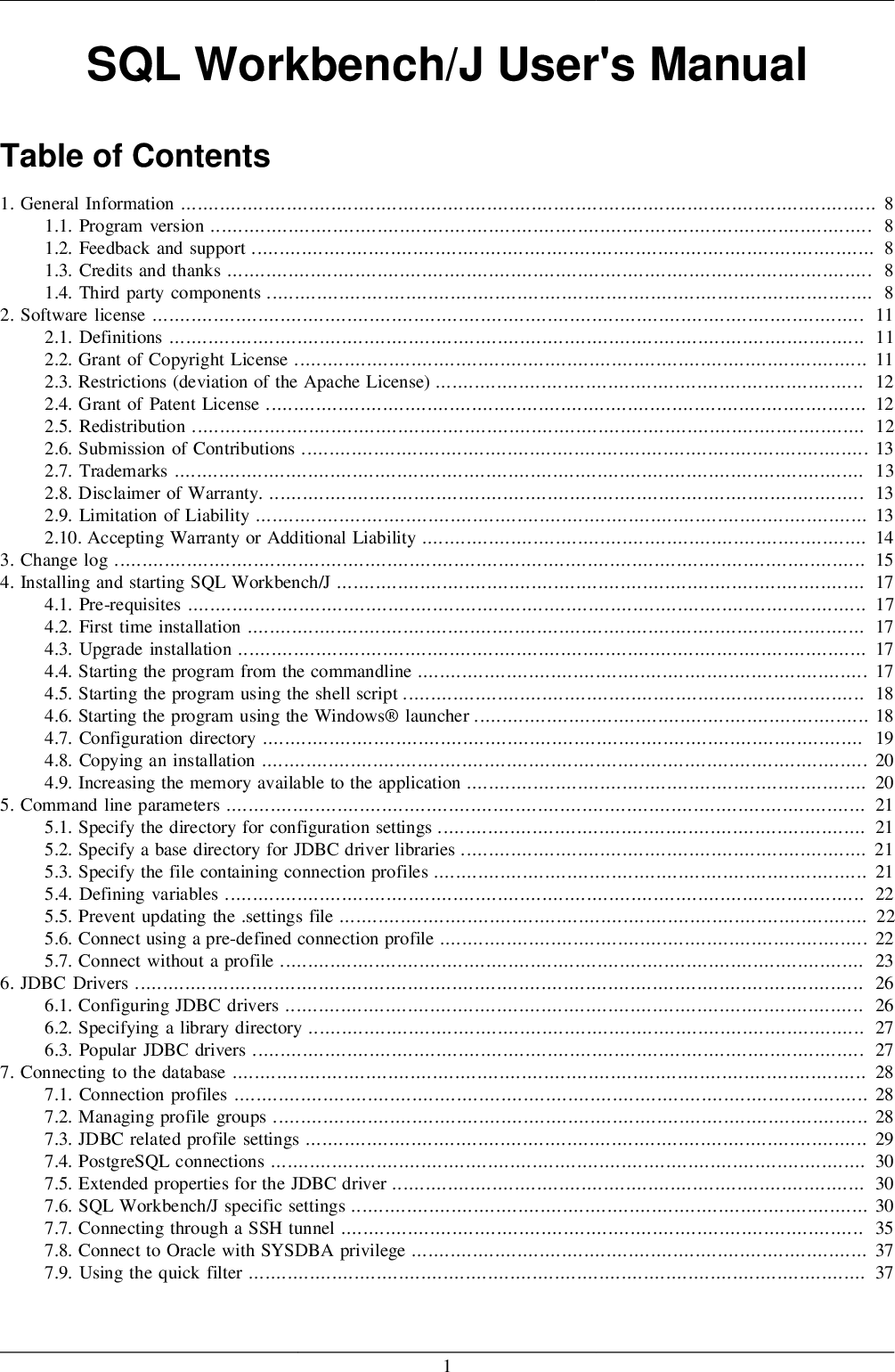



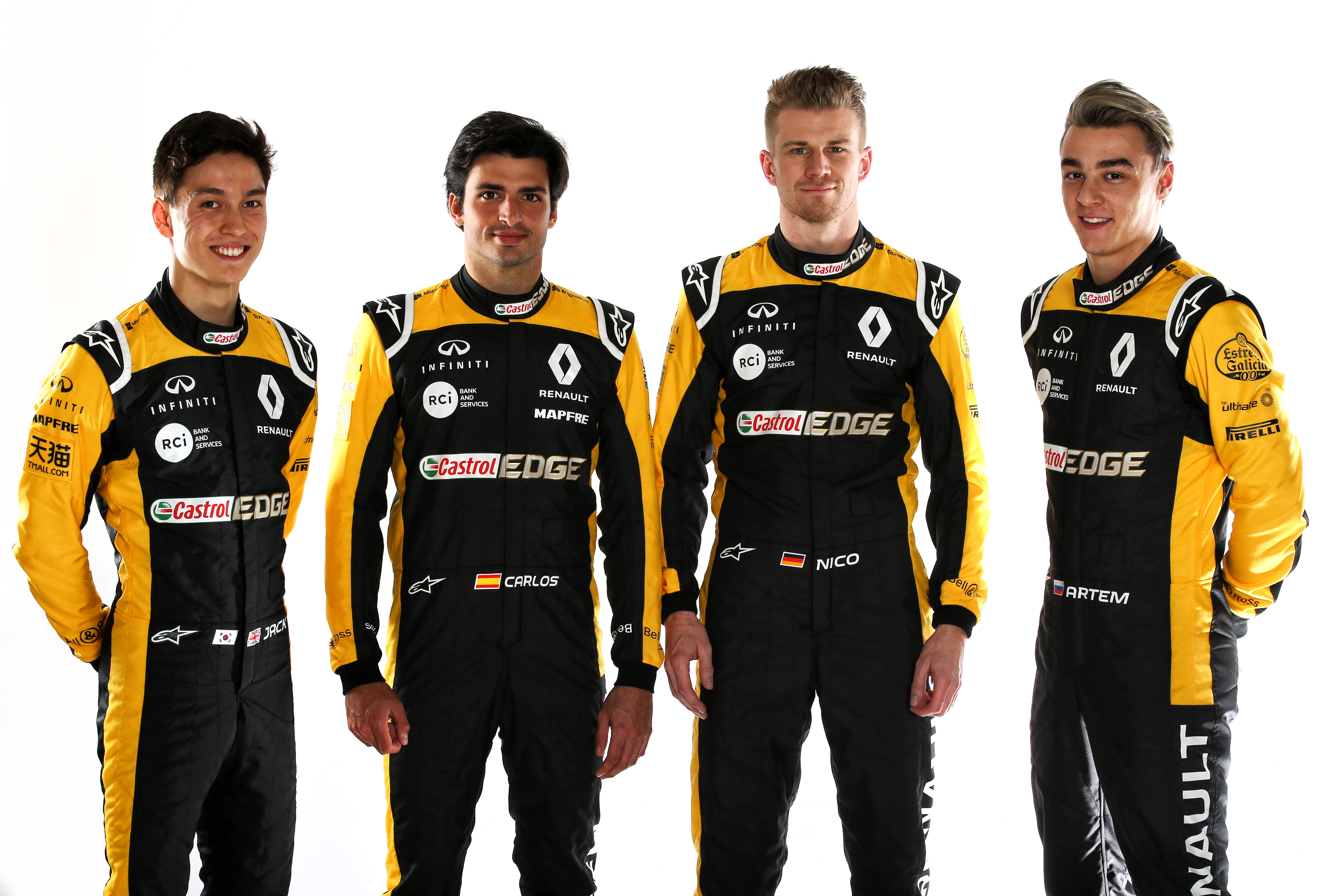



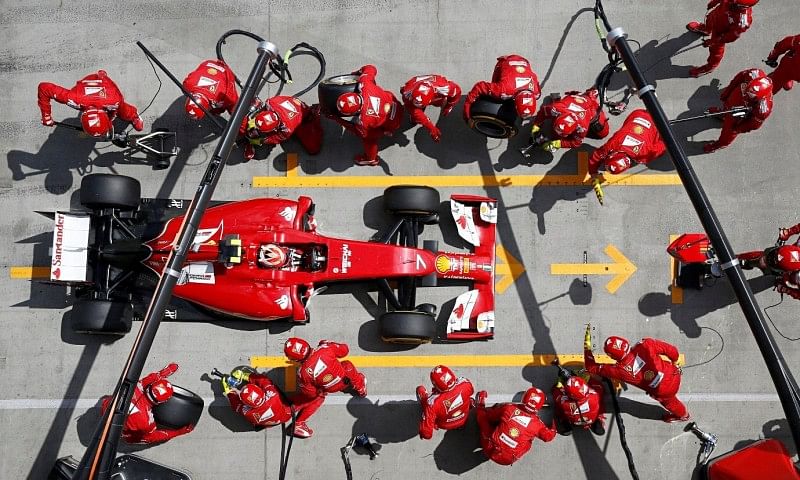

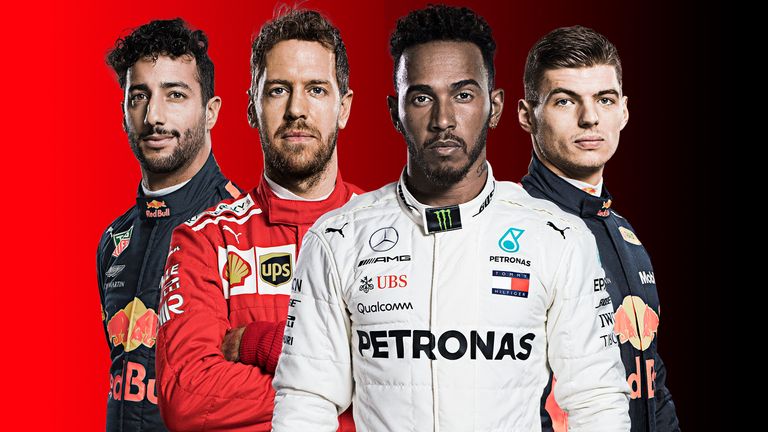







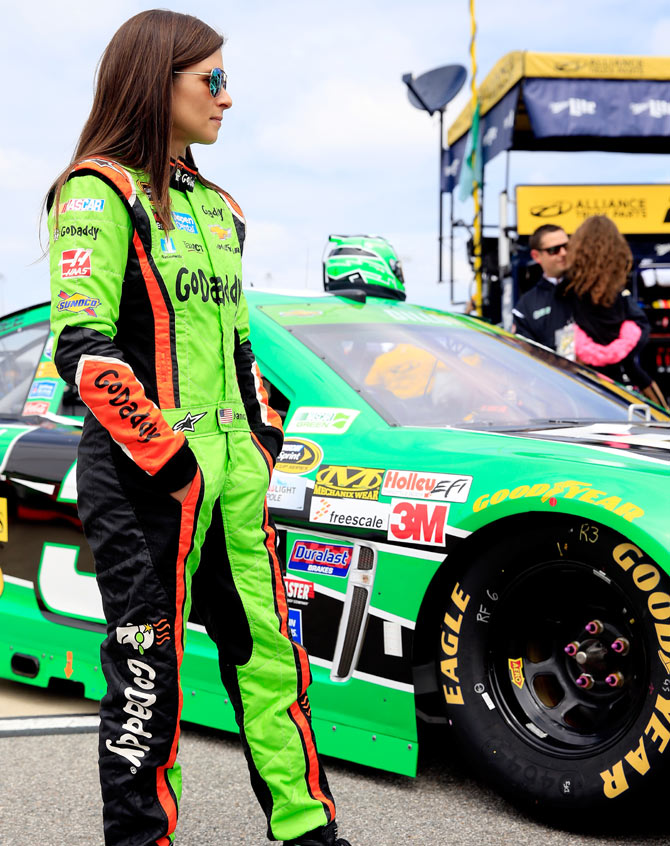


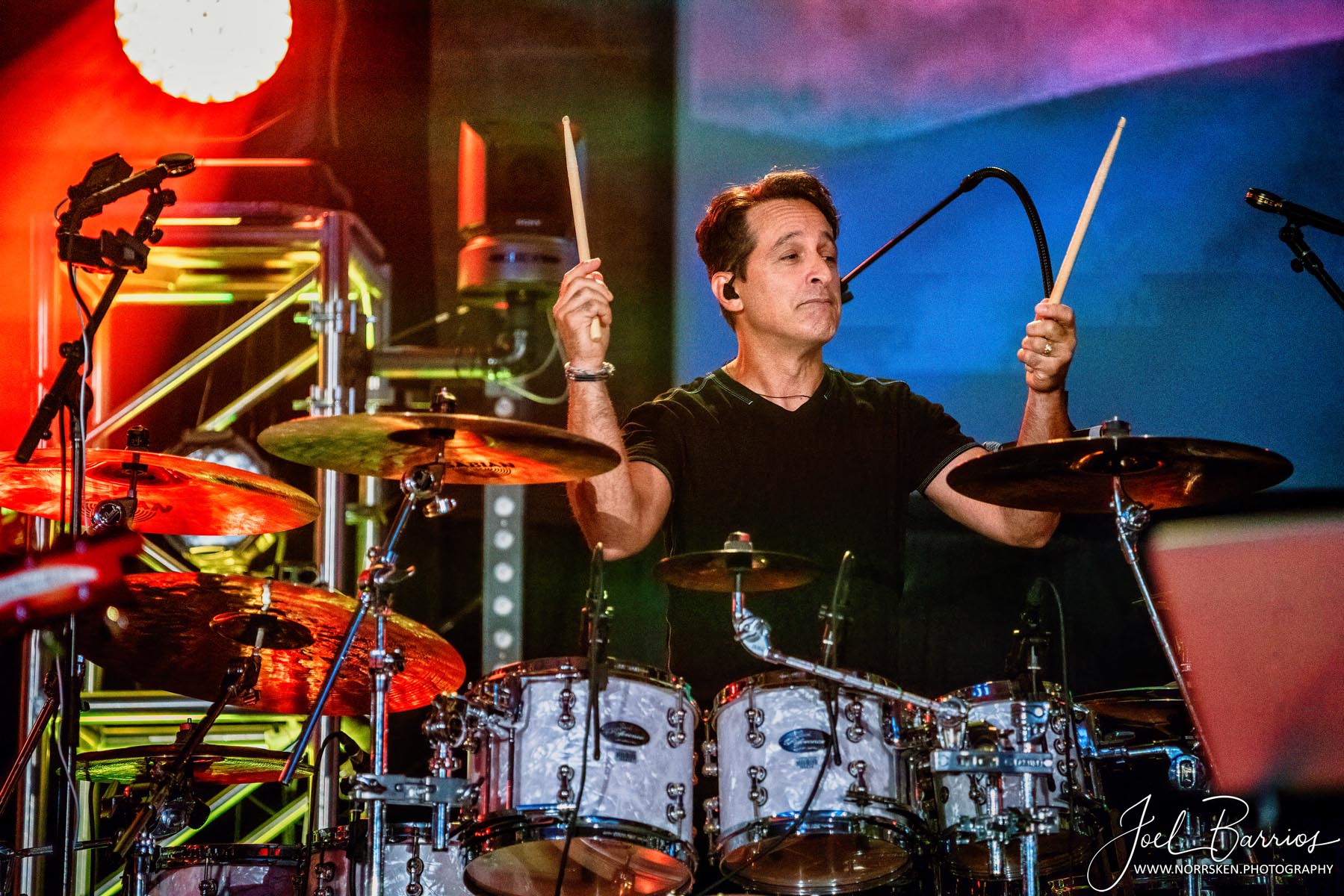





No comments:
Post a Comment
Note: Only a member of this blog may post a comment.